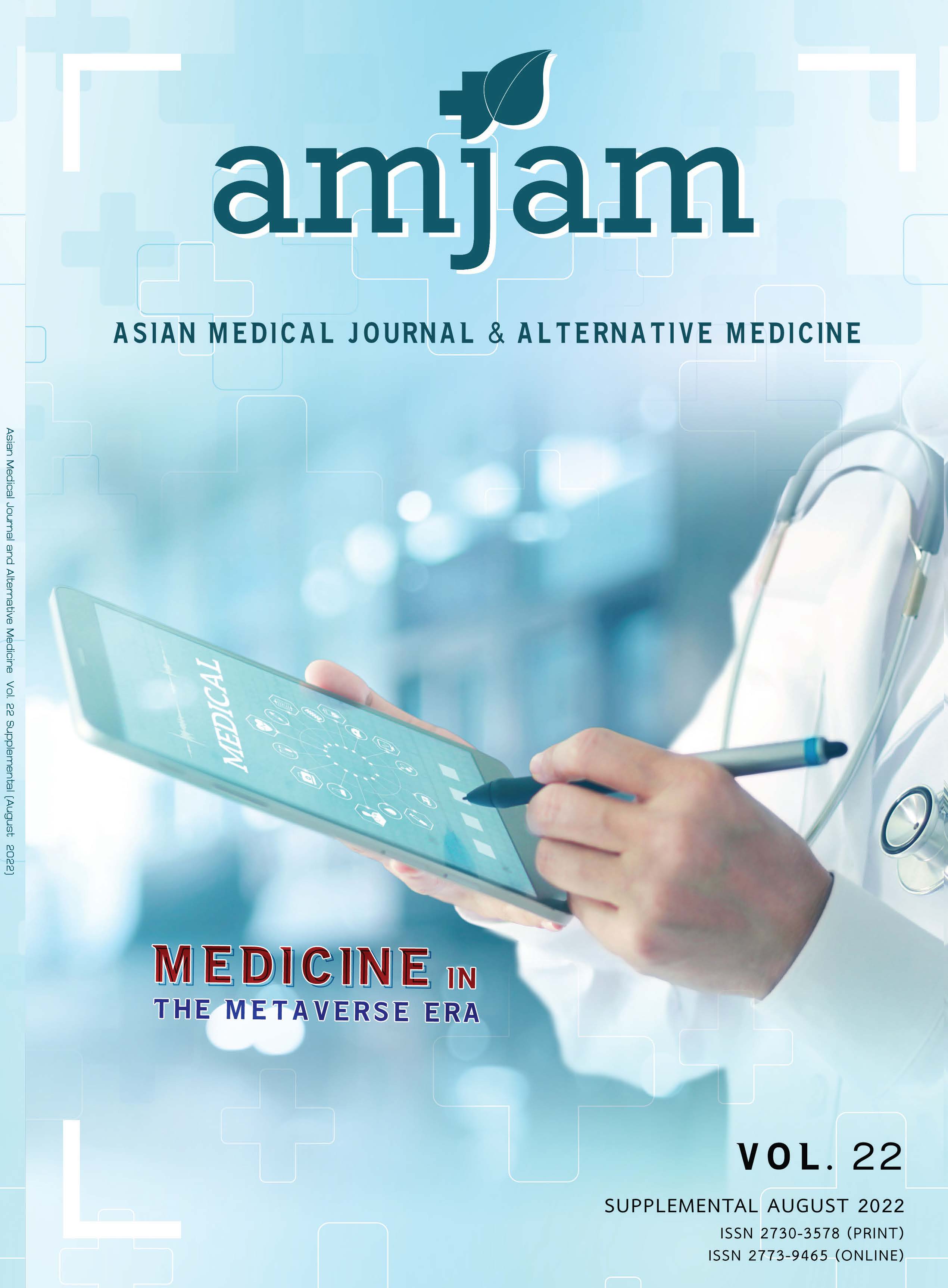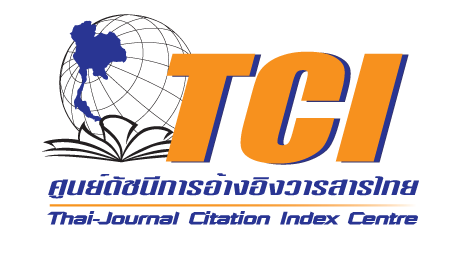Development of Transferrin-Conjugated Lipid-Polymer Hybrid Nanoparticles for Alpha-Mangostin Delivery to Targeted Cancer Cells
Keywords:
Alpha-mangostin, Cancer, Lipid-polymer hybrid nanoparticles, TransferrinAbstract
Introduction: Alpha-mangostin has been reported to play a significant role in inhibiting tumour growth and metastasis. However, its therapeutic potential is limited by its poor aqueous solubility and rapid elimination in vivo. To overcome these limitations, we hypothesize that using tumour-targeted delivery system would result in a selective delivery to cancer cells and enhances its therapeutic efficacy.
Objectives: To prepare and characterize tumour-targeted delivery entrapping α-mangostin using transferrin-conjugated lipid-polymer hybrid nanoparticles (Tf-LPHN).
Methods: The LPHN entrapping α-mangostin was prepared by nanoprecipitation method and conjugated with transferrin using the thiol–maleimide ‘click’ reaction. The nanoparticles were optimized and characterized for their physical properties. The in vitro therapeutic efficacies were investigated in three cancer cell lines (MCF-7, A549 and B16-F10) that overexpress the transferrin receptors.
Results: The optimal formulation of Tf-LPHN had the particle size of 294.4 ± 0.7 nm and zeta potential of 43.7 ± 0.6 mV. The entrapment efficiency of α-mangostin in both Tf-LPHN and Ctrl-LPHN was relatively high (more than 77%). Tf-LPHN and Ctrl-LPHN exhibited a sustained release of the a-mangostin at pH 7.4 following an initial burst release (cumulative drug release by about 40% over 72 hours). The entrapment of α-mangostin in the Tf-LPHN led to an increase in cellular uptake and anti-proliferative activity of α-mangostin in MCF7, A549, and B16-F10 cell lines by at least 1.3 to 1.7 times compared with drug solution.
Conclusions: These results are promising and support the use of this tumour-targeted delivery system to further improve therapeutic efficacy and tumour specificity of α-mangostin.
Downloads
Downloads
Published
How to Cite
Issue
Section
License

This work is licensed under a Creative Commons Attribution-NonCommercial-NoDerivatives 4.0 International License.



